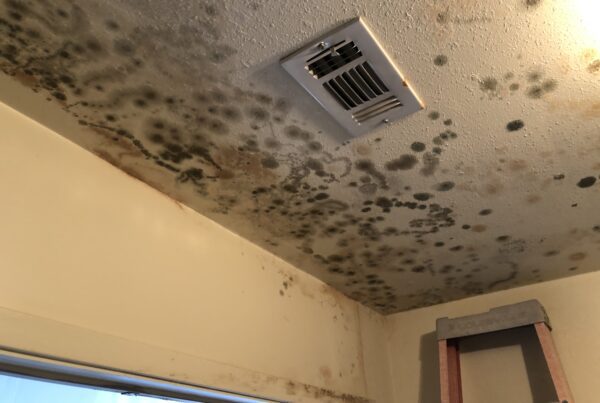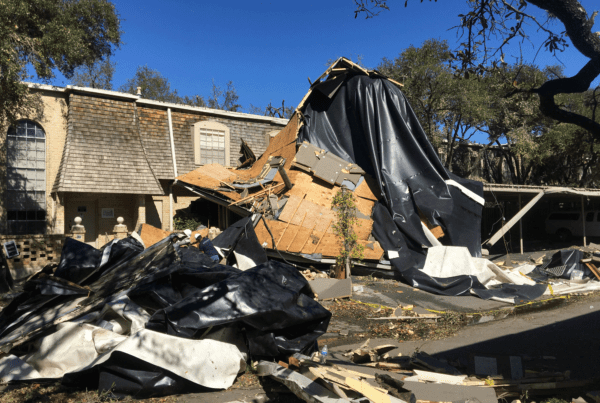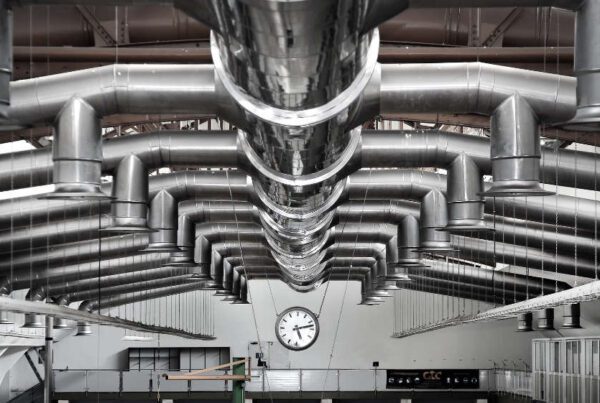Person Protective Equipment, commonly referred to as PPE, is equipment worn to minimize exposure to hazards that cause serious workplace injuries and illnesses. The injuries and illnesses may result from contact with chemical, radiological, physical, electrical, mechanical, or other workplace hazards. All personal protective equipment should be safely designed and constructed, and should be maintained in a clean and reliable fashion. It should fit comfortably so it encourages worker use. If the personal protective equipment does not fit properly, it can make the difference between being safely covered or dangerously exposed.
Employers are also required to train each worker required to use personal protective equipment to know:
- When it is necessary
- What kind is necessary
- How to properly put it on, adjust, wear and take it off
- The limitations of the equipment
- Proper care, maintenance, useful life, and disposal or the equipment
Personal Protective equipment may include items such as gloves, safety glasses and shoes, earplugs or muffs, hard hats, respirators, or coveralls, vests and full body suits. Below we will go over some of the different type of PPE.
- Head protection – protecting employees from potential head injuries is a key element of any safety program. A head injury can impair an employee for life or it can be fatal. Wearing a safety helmet or hard hat is one of the easiest ways to protect an employee’s head from injury. Hard hats can protect employees from impact and penetration hazards as well as from electrical shock and burn hazards.
- Face and eye protection – Employees can be exposed to a large number of hazards that pose danger to their eyes and face. OSHA requires employers to ensure that employees have appropriate eye or face protection when exposed to eye or face hazards from flying particles, molten metal, liquid chemicals, acids or caustic liquids, chemical gases or vapors, potentially infected material or potentially harmful light radiation. Examples of eye protection include safety spectacles, goggles, welding shields, laser safety goggles and face shields.
- Hearing protection – Certain operations generate noise requiring hearing protection. Employee exposure to excessive noise depend upon several factors such as noise level, duration, and if the noise is generated from one or multiple sources. Examples of hearing protection include single use earplugs, pre-formed or molded earplugs, and earmuffs.
- Respiratory protection – respiratory protection reduces worker exposure to harmful chemicals, dust and other respiratory hazards. If the respirator is not fitted properly it may create an improper seal and not provide proper protection.
- Hand and arm protection – if a workplace hazard assessment reveals that employees face potential injury to hands and arms that cannot be eliminated through engineering and work practice controls, employers must ensure that employees wear appropriate protection. There are a variety of gloves such as leather, canvas or metal mesh gloves, or fabric or coated fabric gloves, or chemical or liquid resistant gloves. Make sure to use the appropriate glove for the work being done.
- Leg and foot protection – employees who face possible foot or leg injuries from falling or rolling objects or from crushing or penetrating materials should wear protective footwear. Also employees who’s work involves exposure to hot substances or corrosive or poisonous materials must have protective gear to cover exposed body parts including legs and feet. Examples include toe guards to fit over the toes, shin guards, and safety shoes that have impact resistant toes and heat resistant soles.
- Fall protection – Personal Fall Protection Systems (PFPS) means a system (including all components) an employer uses to provide protection from falling or to safely arrest an employee’s fall if on occurs. Examples of personal fall protection systems include personal fall arrest systems, positioning systems, and travel restraint systems.
Jobsite safety is priority number one on any restoration or construction site. At the Gerloff Company, we have a full time safety manager who keeps all of our staff up to date on the latest OSHA guidelines. If you have any questions on PPE or safety standards, please feel free to reach out to our office. Until next time my friends, be prepared and stay safe.
Reference: “Personal Protective Equipment” by the Occupational Safety and Health Administration and “Need for Jobsite Safety” by Anthresia McWashington





